We’re less than a week away from the start of the 2024 Tour de France – the most important bike race of the year.
WIth that in mind, the 22 teams and 176 riders will be putting the final touches to their fitness and finalising their bike setups, all with one thing in mind; being as fast as possible.
At last year’s race, tech trends included the rise of 1x drivetrains and aero-all-rounder bikes, time trial tech in road stages and widening technical disparity between the top and bottom teams.
But what could the major tech trends dominating the 2024 Tour de France be? Let’s take a look into our bike-tech crystal ball and see…
More all-rounder bikes
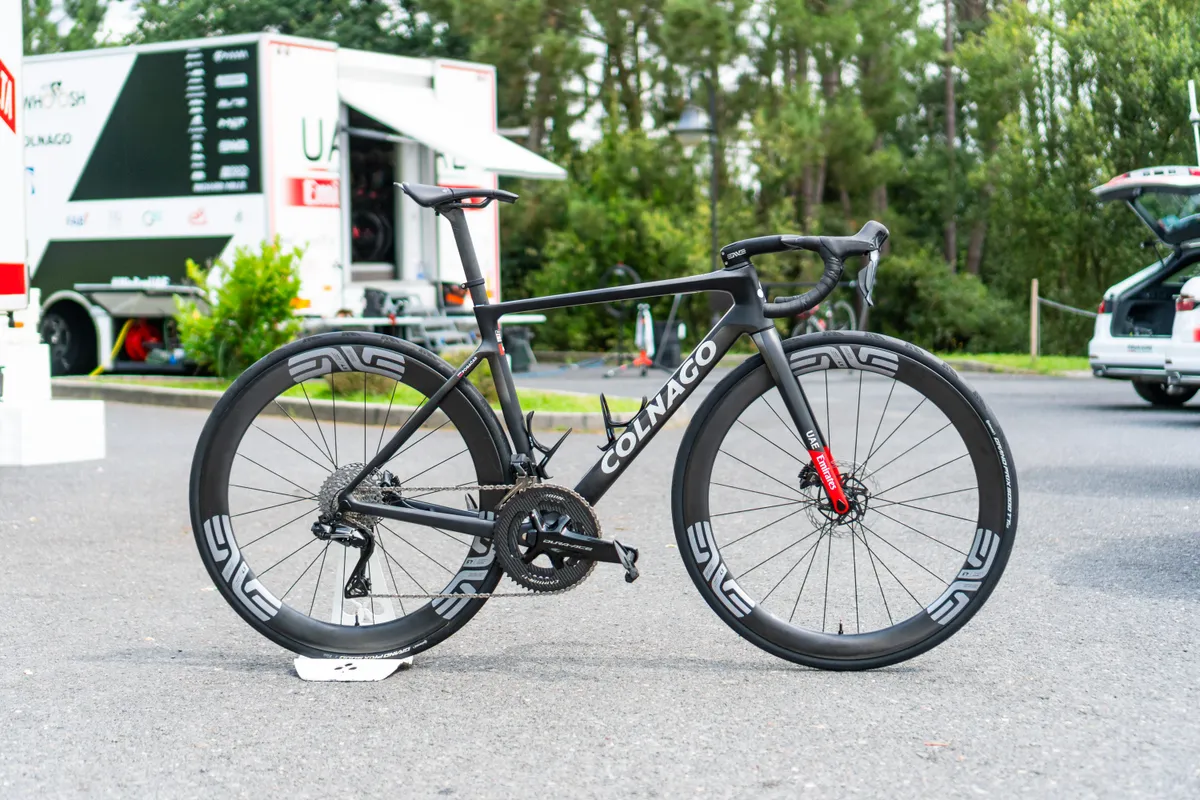
At the Grand Départ of the 2023 Tour de France, the bikes we saw took a major departure from what we’d seen the previous year.
Ahead of the flat opening stages around Copenhagen, Denmark, in 2022, we mostly saw dedicated aero road bikes.
Fast forward a year to hilly Bilbao in Spain, and we saw a much greater focus on low weight.
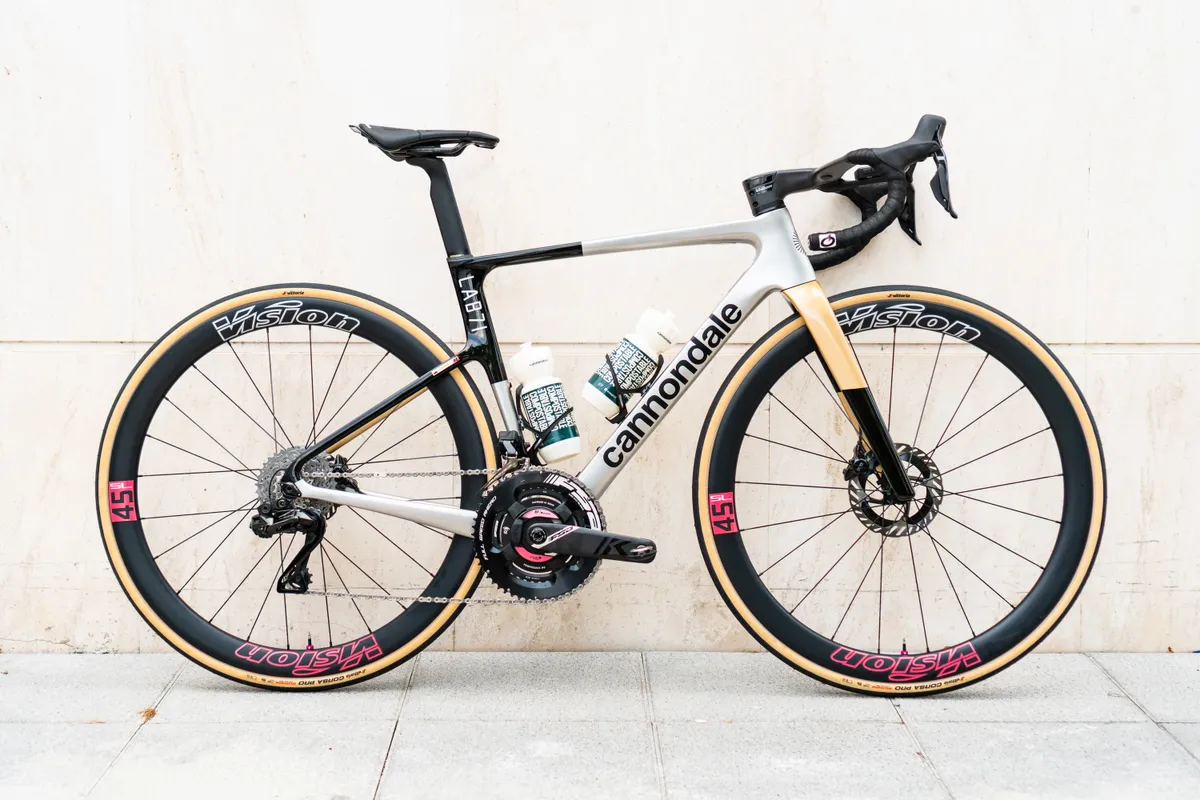
Given this year’s opening stage contains 3,600m of vertical gain – effectively giving us a mountain stage on the opening day – I suspect the bikes we’ll see at this year’s Grand Départ in Florence, Italy, will be similarly weight-conscious.
It's still imperative to be fast, of course, so most riders will probably opt (if they even have the choice) for a lightweight aero all-rounder – the ‘one bike to rule them all’.
That means models such as Specialized’s S-Works Tarmac SL8, Cannondale’s SuperSix Evo, Colnago’s V4Rs and Van Rysel’s RCR Pro.

Thanks to the efforts of my colleague, Liam Cahill, we also saw a number of new bikes in this mould being trialled at the Criterium du Dauphine, which we’re sure to see more of at the Tour.
Most notably, Liam saw what looks like a heavily slimmed-down Trek Madone SLR. If it can combine the aerodynamic performance of the seventh-generation Madone SLR with the low weight of the Émonda SLR, it could be the ideal bike for this year’s race.

There was also a new Canyon Aeroad and a new Pinarelli Dogma F minding their business in the team pits.
The changes versus the current models look minimal at a glance, but who wouldn’t bet – as far as the brands’ marketing claims are concerned – on both being lighter, faster, more compliant and so on?

Will the average 2024 Tour de France bike weigh less than last year, though? At the 2023 Tour, the average bike weight was 7.451kg.
It will naturally depend on whose bikes we see (smaller bikes belonging to climbers tend to be lighter than those ridden by tall sprinters, after all), but given many bike and component brands seem to have a renewed focus on weight this year, I suspect it will.
Even more aggressive front ends
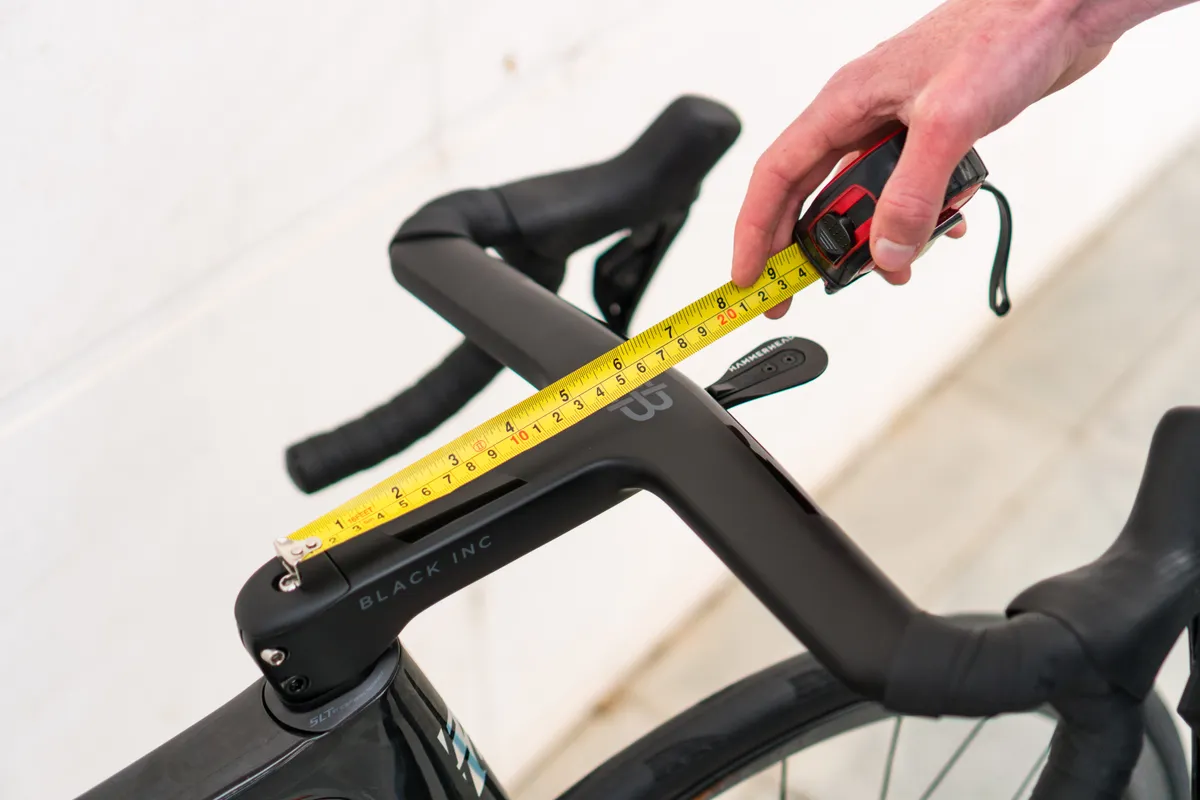
The Tour de France is faster than ever and part of that is due to advances in bike fit and rider positioning.
At last year’s race, we saw a clear trend towards narrow handlebars, with a number of riders also using long stems to get stretched out. With the aero gains on offer being potentially significant, even more riders will be jumping on board with this trend.
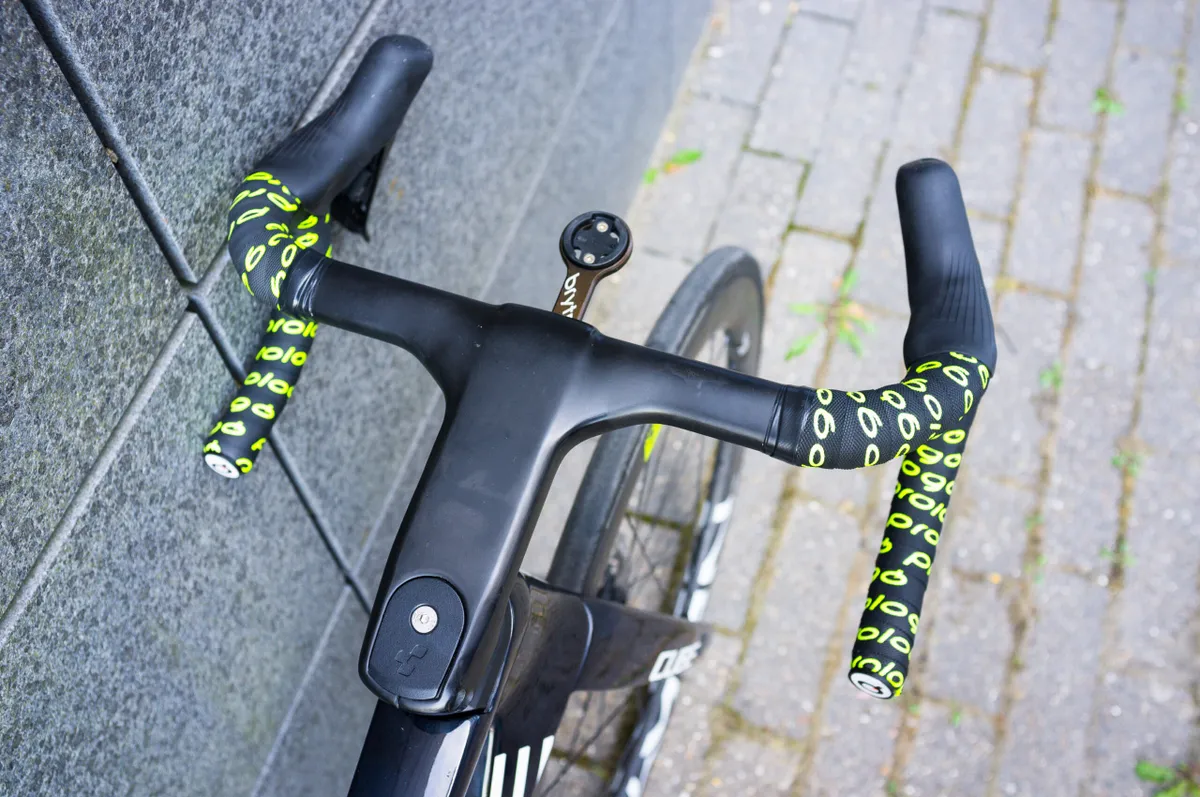
With the UCI banning heavily angled brake lever hoods late last year, you’d be forgiven for thinking that trend would be long gone.
Instead, I suspect more riders will opt for flared handlebars because the UCI’s updated regulations allow for the brake levers to be angled in to sit in line with flared drops.
This effectively gives riders such as Remco Evenepoel and Taco van der Hoorn a way to maintain their preferred lever angles without falling foul of beady-eyed commissaires and their array of custom bike measurement tools.
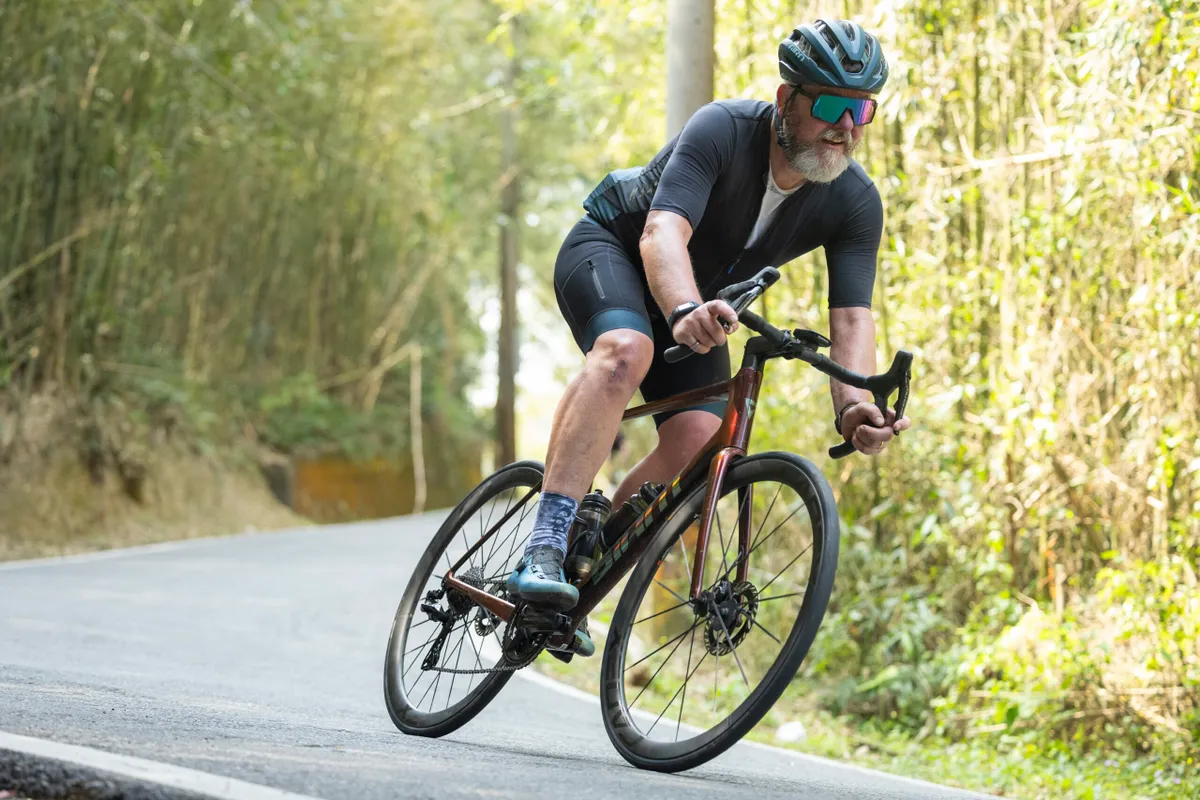
We can also be certain we won’t see any exposed cables on show at the front end of Tour bikes.
With a new, fully integrated Giant TCR released earlier this year, the last pro bike with semi-external cable routing was put out to pasture.
The reason for this trend is simple; exposed cables cause drag. Not very much, of course, but enough that brands are willing to make mechanics' jobs harder in search of saving a few extra watts.
Will we see gravel bikes at the Tour?

With stage 9 taking in 14 sections of gravel or unpaved roads, could the modern gravel bike make its debut at the Tour de France? After all, Israel-Premier Tech used a gravel bike at Paris-Roubaix this year.
While it might be a marketing department’s dream, I very much doubt it.
Given the gravel sectors encompass only 32 of the stage’s 199 kilometres, I reckon riders will play it safe and stick with what they know from races such as Strade Bianche and – Israel-Premier Tech aside – Paris-Roubaix.
Most likely, that simply means their stock road bikes plus a set of marginally larger tyres, rather than any dedicated gravel tyres.
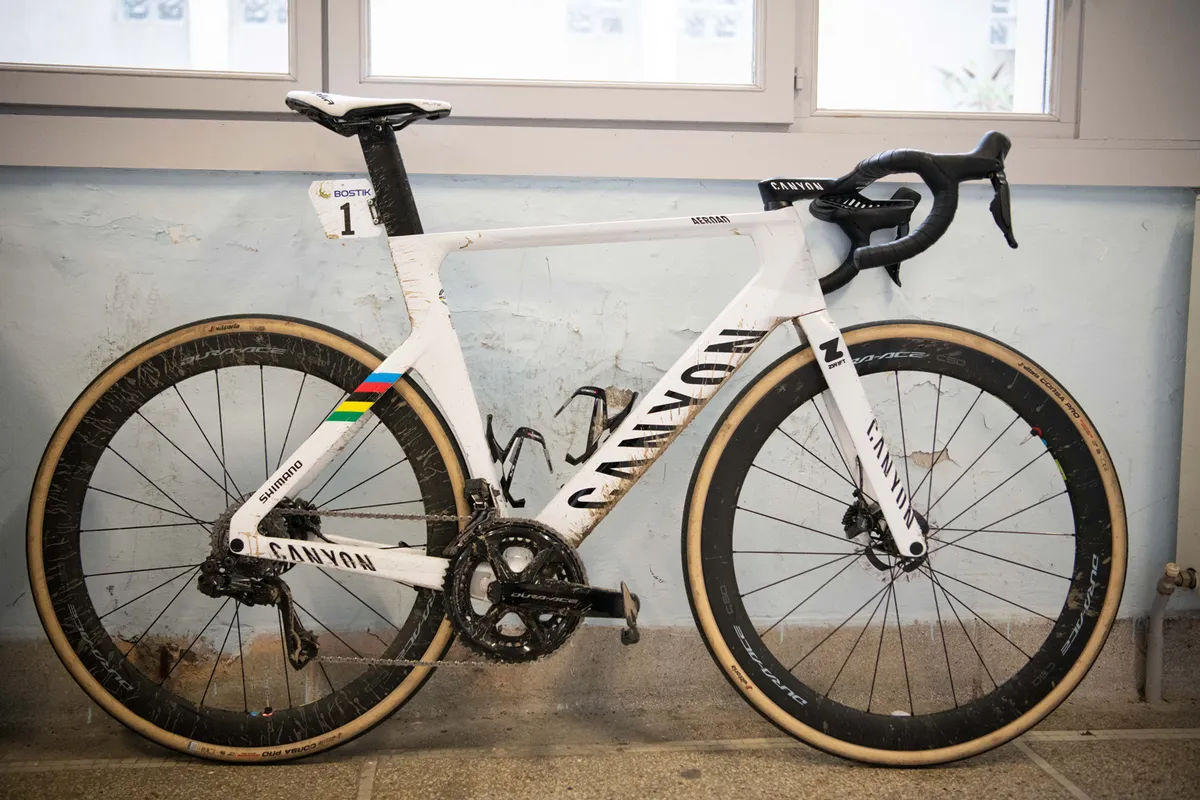
Some riders might opt for 1x drivetrains with chain guides for additional security (more on this later), but that will be about it.
Beyond that, though, most of the teams’ prep will be put into strategising for quick wheel changes and/or bike swaps in the event of inevitable punctures.
On a more general note, while Visma-Lease a Bike‘s general manager Richard Plugge called the addition of gravel roads to the Tour “unnecessary”, I think it’s a great idea.
That will come as little surprise, perhaps, because it gives us bike journalists something to write about, but it bodes well that the ASO (the race’s organiser) is thinking of ways to shake up the race formula and create exciting racing that attracts new audiences.

I’d love the ASO to go further and put a ‘proper’ gravel stage in a future edition of the Tour, though – preferably something that warranted a switch to a real gravel or all-road bike.
Gravel riding has exploded in popularity in recent years and, as everyone always says, the Tour is the sport’s premier shop window.
Concerns it may increase the likelihood of crashes, punctures and general bad luck are valid and shouldn’t be dismissed out of hand.
However, introducing gravel racing, new bikes and new challenges to the sport’s biggest and most popular event feels like a huge opportunity for the sport, if managed correctly.
Lots of 28c tubeless tyres

If we won’t see any gravel tyres, what will we see?
At last year's Tour, all the talk was about wide tyres on wide rims.
This year, I expect to see more of the same, and some riders will also look to optimise their setups depending on the parcours.
For example, whenever dry, clean roads are expected, I anticipate plenty of riders will also run the risk of using faster, lighter time trial tyres in road stages.
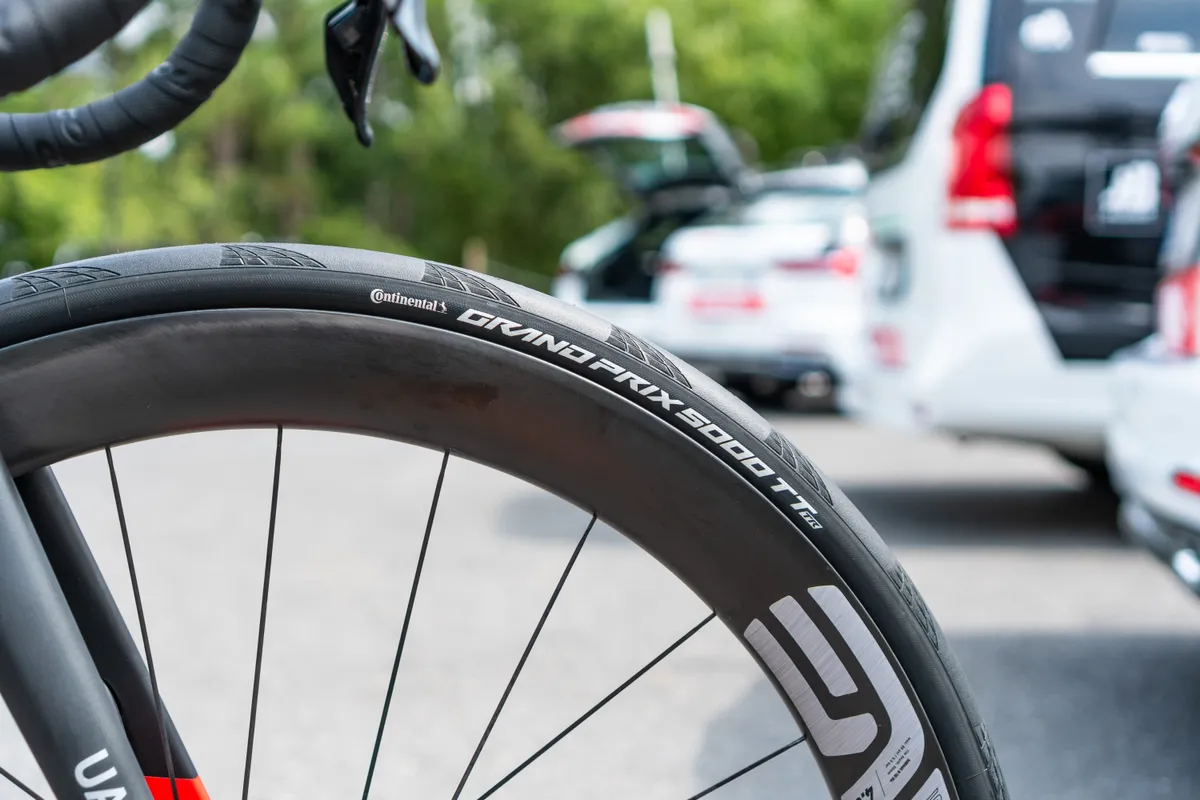
This comes with an increased risk of punctures, but many took their chances last year and seemingly got away with it.
For the most part, all-rounder road tubeless tyres such as Continental’s GP5000 S TR, Vittoria’s Corsa Pro TLR and Pirelli’s Zero Race TLR RS will dominate, although we wouldn’t be surprised to see the odd clincher or tubular setup here or there either.
Wheels and tyres seem to be an area where teams still allow riders a degree of choice, so there tends to be more variation here than elsewhere on the bikes.
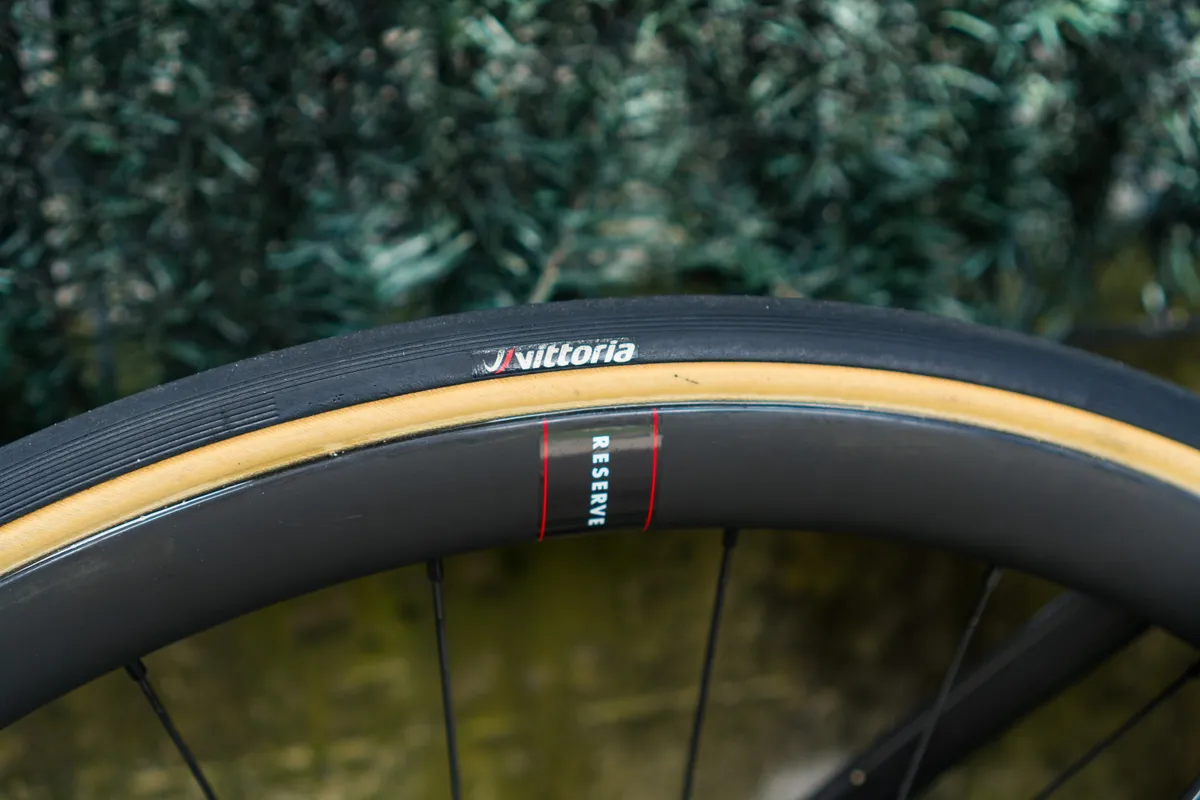
In terms of tyre sizes, 700x28c will remain most popular, although some may go narrower with an eye on keeping weight down for the climbing-packed opening stage.
As for actual measured widths, though, I wouldn’t be surprised, once again, to see more tyres measuring wider than 30mm once on the bike.
More riders are moving to wide aero rims, which tend to increase the effective width of a given tyre in proportion to their internal width (check out our guide to rim width for more on this topic).

Last year, for example, we saw tyres measuring 32.2mm and 31.3mm on Tadej Pogačar’s ENVE SES 4.5 wheels.
With Pogačar dominating the Giro d'Italia last month, you can bet rival teams and riders will have had a close eye on his tech choices.
Will we see anything larger this year? Probably not at the Grand Départ.
With the current crop of Tour de France bikes mostly topping out at 30 to 32mm of tyre clearance (the Cervélo S5 and its 34mm of clearance is a notable outlier), there’s a limit to how wide riders can go without switching to different, potentially slower, endurance road bikes.
1x drivetrains, but only on select stages
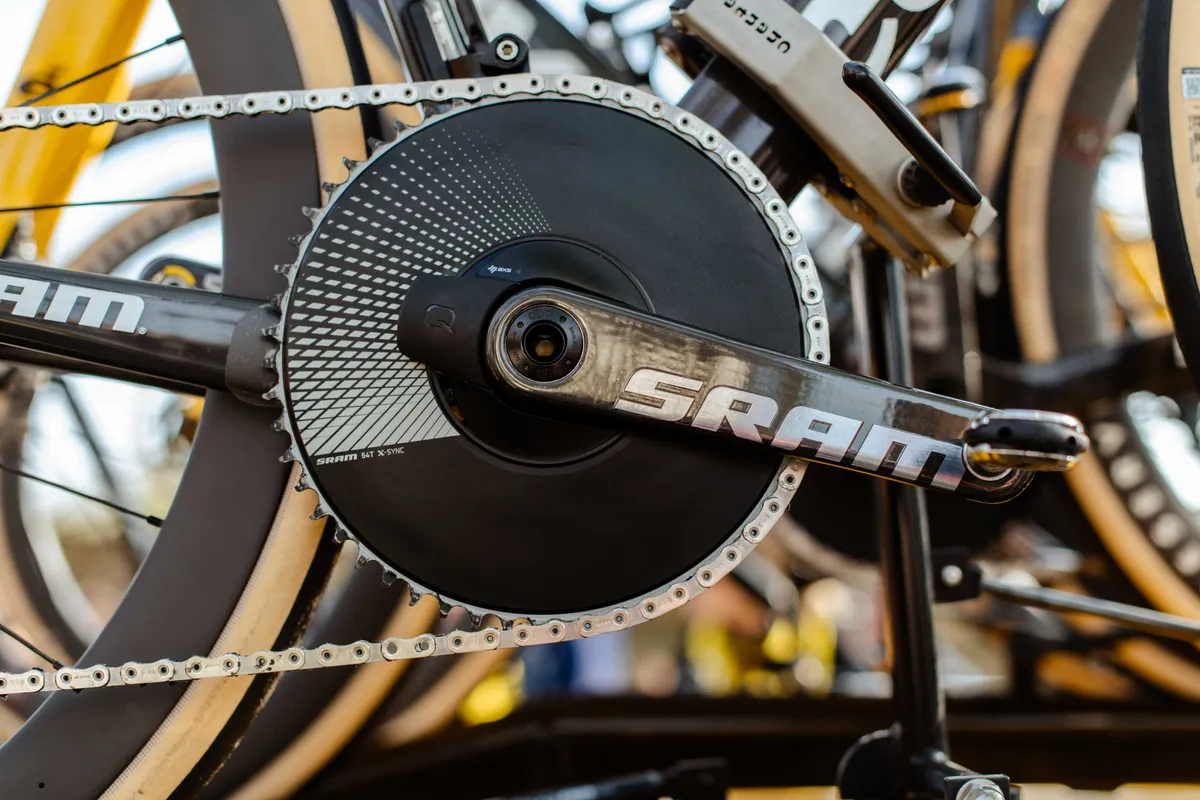
As with last year, I suspect a number of riders will use 1x drivetrains for certain stages.
We’re likely to see the widest adoption of this tech for the time trial on stage 7.
At only 25.3km long and with relatively little climbing, no one will need an inner chainring and most time trial specialists will drop it in favour of a more aerodynamic, 1x setup.
On top of that, don’t be surprised if a number of stage and GC (General Classification) hopefuls opt for absurdly big chainrings in search of marginal efficiency gains.

The time trial up and down the Col d’Eze on the final day poses a different challenge, though, and I suspect more riders will opt for the greater range of 2x drivetrains for this stage.
Whether that’s in the form of a traditional double-chainring setup, paired with a front derailleur, or a Classified Powershift hub, remains to be seen, though.
Beyond those stages, most Shimano-sponsored riders will almost certainly stick with 2x for everything else.
The Japanese brand hasn’t yet warmed to 1x for road bikes and no one will want to risk upsetting an important sponsor.
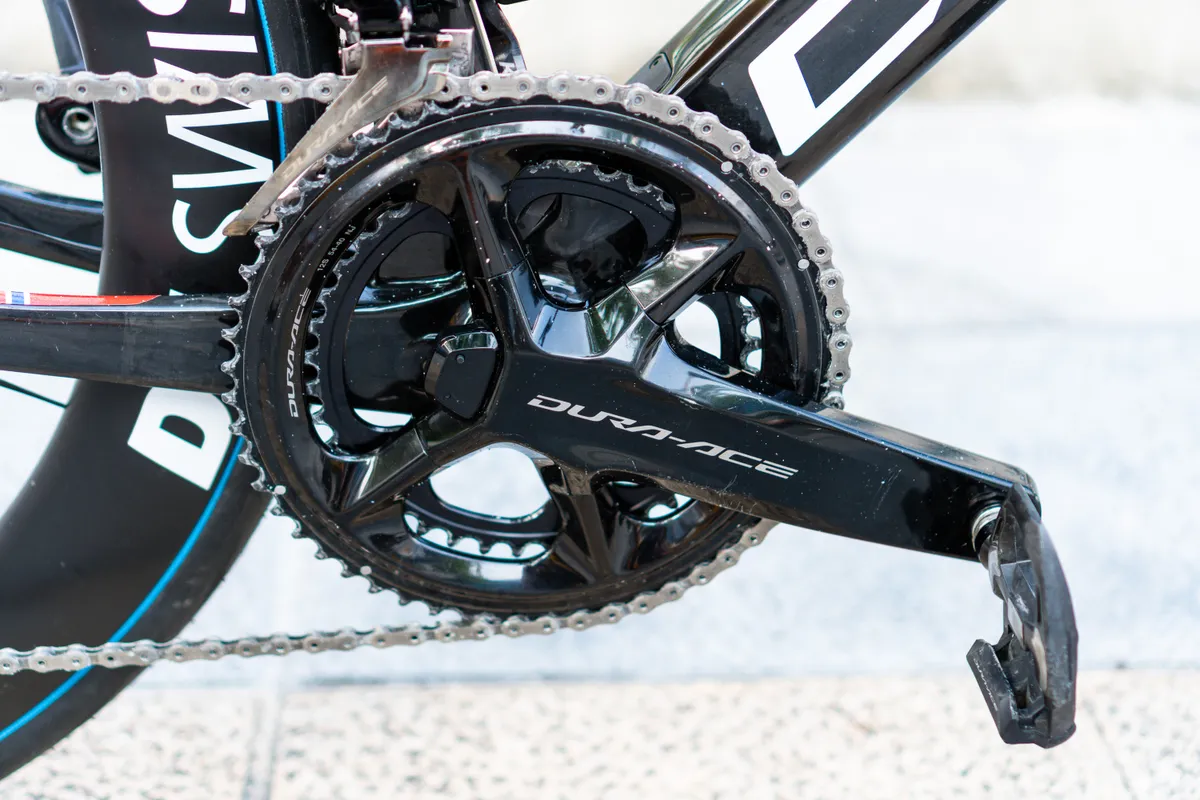
SRAM-sponsored riders will have more choice, though. The American brand has warmly embraced 1x for road bikes in recent years and its sponsored riders have been given the freedom to use it as they see fit.
As a result, last year’s yellow jersey winner, Jonas Vingegaard, switched back and forth between 1x and 2x setups throughout the race.
Might we see the unreleased, 13-speed SRAM Red XPLR AXS sneak its way onto bikes for the previously mentioned gravel stage?
It’s possible, although the fact it’s likely heavier than a standard Red AXS groupset might put off a lot of pros.
Riders will consume mind-boggling amounts of carbs
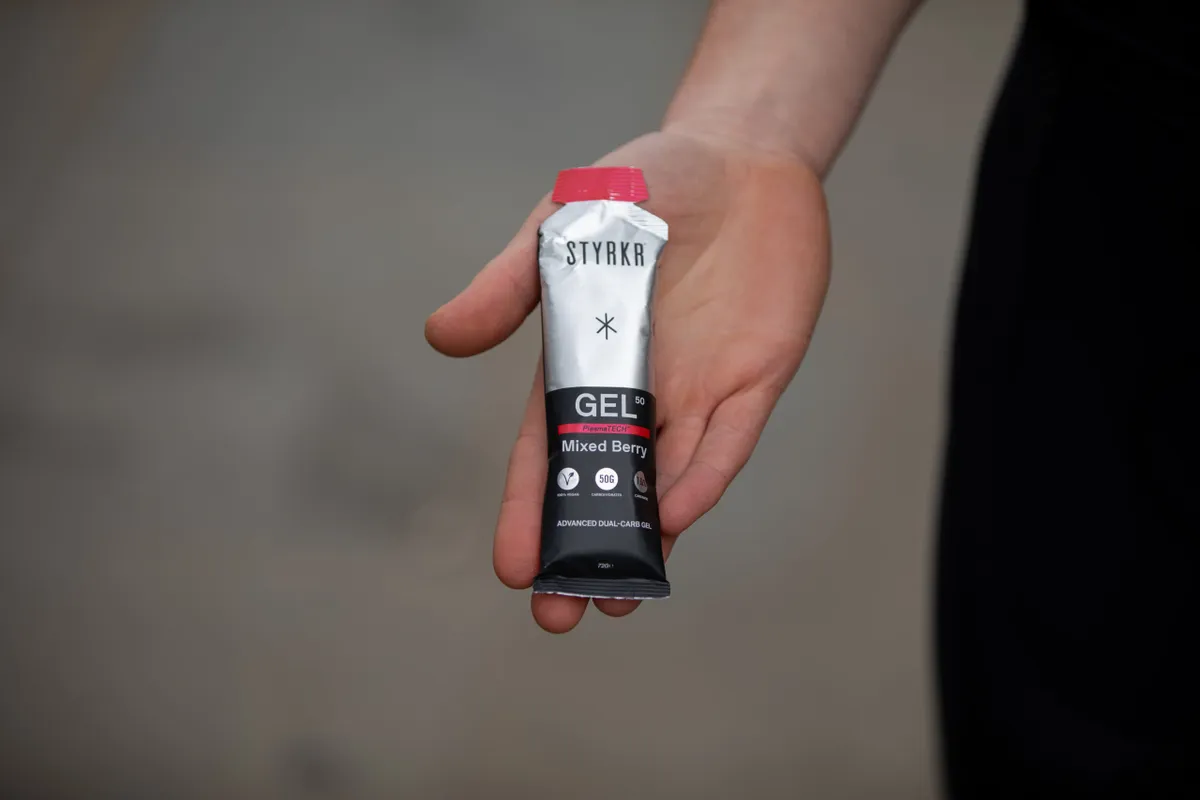
Beyond bike tech, one key trend we expect to continue developing is for the riders to consume exorbitant amounts of carbohydrates.
While top riders often ate around 60 to 90g of carbohydrates per hour in years past, today’s pros are reportedly pushing the limits of their digestive systems and consuming up to 120g per hour.
To put that in context, a typical banana contains 23g of carbohydrates – so that’s equivalent to more than five per hour.
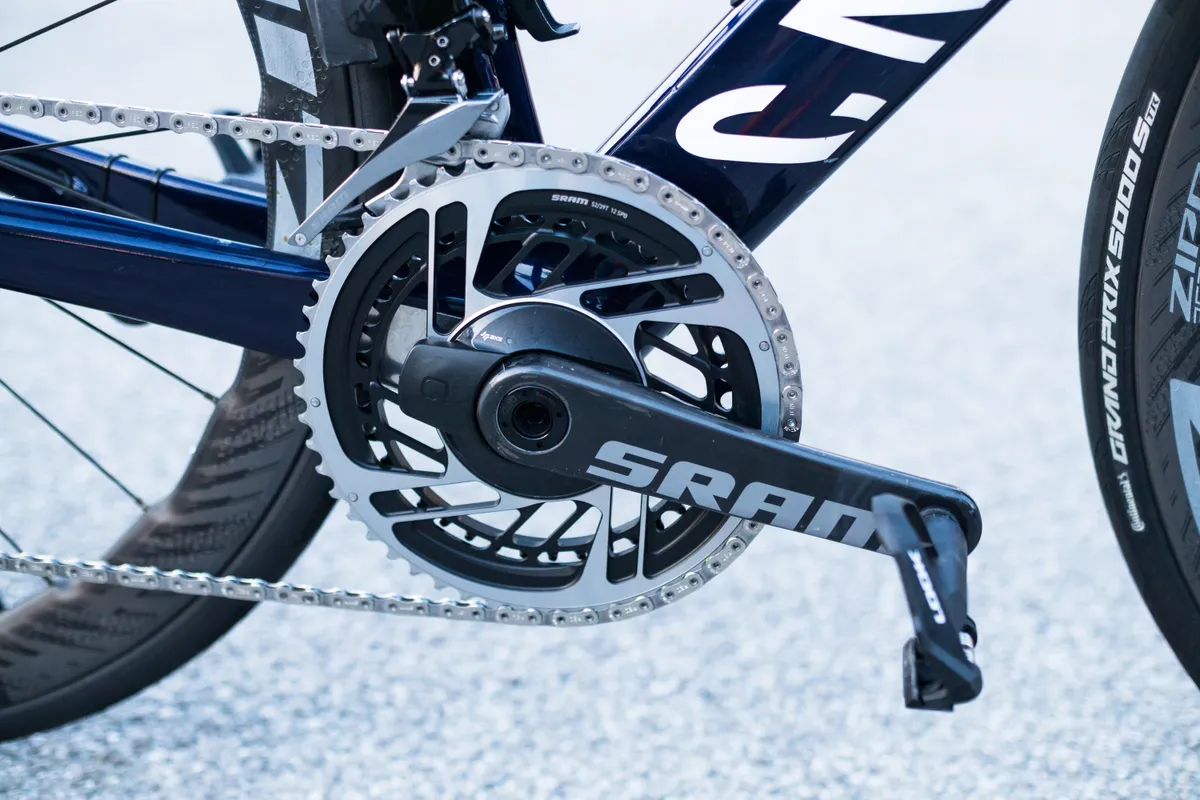
It makes sense, in a way. Producing copious amounts of power for hours on end requires burning many thousands of calories, and there’s only so much glycogen riders can store in their systems.
But if you’ve ever felt a twinge in your stomach from consuming too many gels (or too many Haribos), you might be wondering how this is possible – especially during a bike race.
Professional cyclists train their guts, of course, starting with lower doses and working their way up to higher carb intakes over time.

Beyond that, though, nutritionists are increasingly combining multiple types of carbohydrates – such as fructose in tandem with glucose – in specific ratios to maximise what a rider's body can process within a given time period.
For example, Science in Sport’s Beta Fuel – one of our favourite energy drinks – uses a 1:0.8 ratio of maltodextrin to fructose to deliver a whopping 80g of carbohydrates per serving.
According to the brand, Beta Fuel is the stuff that powered Chris Froome’s epic 80km solo raid at the 2018 Giro D’Italia.
Only five sleeps until Le Tour
So there you have it, those are the six key tech trends I think will dominate this year’s Tour de France.
Anything can happen in a bike race, though, so perhaps we’ll all be talking about something else entirely in a month’s time. I can’t wait to find out.
As with last year, the BikeRadar dream team will be heading out to the Tour de France Grand Départ, touring team hotels and bringing you all the best and most interesting tech stories from the ground.
To follow along with us, subscribe to our YouTube channel, podcast feed and Instagram account.
And, of course, we’ll also be publishing new Tour de France content here on BikeRadar.com in the run-up to the race start and throughout, so keep coming back for more.



